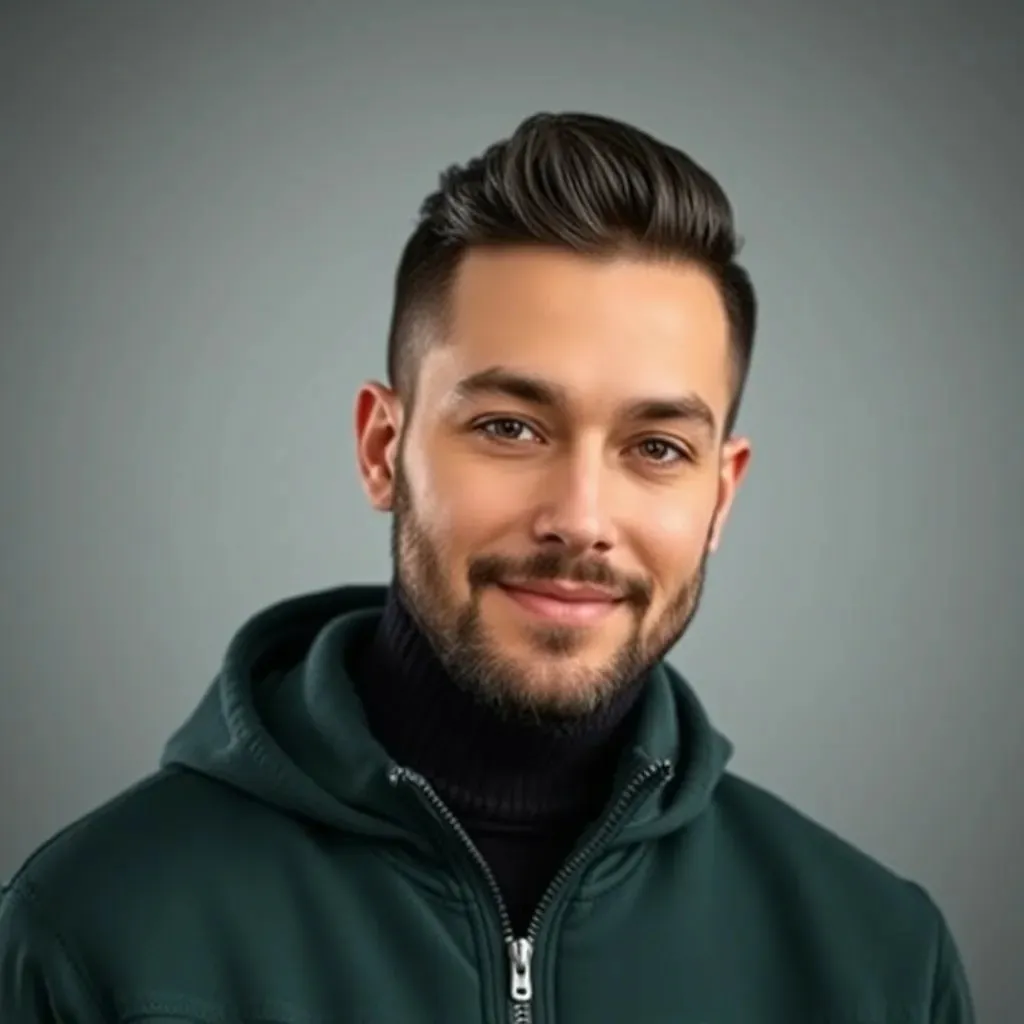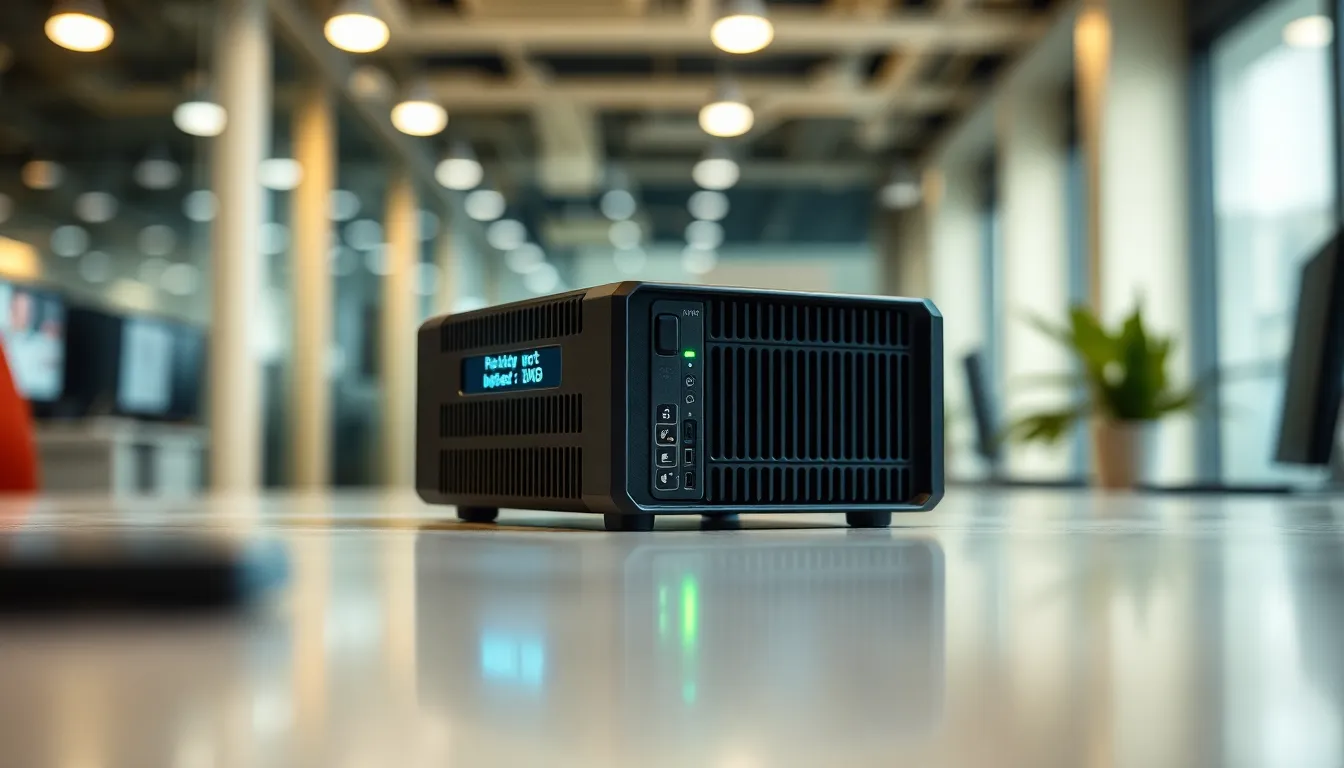Table of Contents
ToggleIn the world of technology and data, numbers often hold significant meaning. The term “9550×93” has emerged as a point of interest, sparking curiosity among enthusiasts and professionals alike. Understanding its implications can unlock insights into various applications, from digital systems to analytical frameworks.
As industries evolve, so do the codes and terminologies that define them. 9550×93 represents more than just a sequence; it encapsulates a blend of functionality and innovation. This article delves into the nuances of 9550×93, exploring its relevance and potential impact across different sectors. Whether one is a tech aficionado or a casual observer, grasping the essence of this term can enhance their understanding of contemporary digital landscapes.
Overview of 9550×93
The term “9550×93” refers to a specific identifier used in technology and data analysis. This identifier serves multiple functions, particularly in systems that require precise configuration or tracking.
Applications of 9550×93
- Data Management: 9550×93 aids in organizing complex datasets, improving accessibility and analysis.
- System Integration: 9550×93 facilitates seamless interactions between different software applications, enhancing overall system performance.
- Product Development: 9550×93 plays a crucial role in workflows, ensuring that various components work together efficiently.
Industry Relevance
- Technology: In software and hardware, 9550×93 helps in identifying key functionalities and streamlining operations.
- Finance: Organizations utilize 9550×93 for analyzing transaction data, ensuring accuracy in financial reporting.
- Healthcare: The term assists in managing patient data and operational efficiencies in healthcare systems.
Future Implications
- Innovation: The evolution of identifiers like 9550×93 paves the way for advancements in digital systems.
- Automation: Enhanced data handling capabilities could lead to greater automation in various sectors influenced by 9550×93.
Understanding 9550×93 enhances comprehension of cutting-edge technological processes and their applications in diverse fields.
Key Features of 9550×93
The 9550×93 showcases distinct features that highlight its utility in technology and data management. These features enhance its functionality, making it essential for various industries.
Design and Build Quality
Design aspects of 9550×93 prioritize durability and efficiency. The construction incorporates high-quality materials, ensuring longevity and resilience in various environments. Its compact size facilitates ease of integration into existing systems and environments. Ergonomic considerations enhance user experience, allowing for straightforward interactions with the device.
Performance Specifications
Performance metrics of the 9550×93 demonstrate its capability in demanding tasks. It supports high-speed data processing, handling large datasets with minimal latency. The exceptional processing power enables real-time analytics, vital for industries like finance and healthcare. Additionally, it offers robust connectivity options, ensuring seamless integration with other technological systems and platforms.
Benefits of Using 9550×93
The advantages of utilizing 9550×93 in various applications are significant. This identifier enhances both functionality and user experience, making it a valuable asset in modern technology.
Enhanced Functionality
Enhanced functionality comes from precise configurations enabled by 9550×93. This identifier allows for efficient data management, enabling optimized organization of complex datasets. Its role in system integration contributes to smooth interactions between disparate software applications, fostering interoperability that raises operational efficiency. Additionally, 9550×93 supports product development workflows by streamlining processes, facilitating faster innovation cycles, and reducing time-to-market for new functionalities.
User Experience
User experience improves with the implementation of 9550×93. Its design encourages intuitive usage, reducing the learning curve for new users. Features like high-speed data processing ensure that users receive real-time information, enhancing decision-making capabilities. The compact size of devices compatible with 9550×93 allows for easier deployment in various environments, ensuring that users can harness technology without cumbersome setups or disruptions. Robust connectivity options further support seamless user interactions, allowing for flexibility in how systems operate together.
Potential Drawbacks of 9550×93
While 9550×93 presents several advantages, it also comes with notable limitations that require consideration. Understanding these limitations ensures informed decisions in technology and data management contexts.
Limitations
- Compatibility Issues: 9550×93 may encounter compatibility challenges with legacy systems. Integrating it into older technologies often results in performance inefficiencies.
- Complex Configuration: Users sometimes find the configuration process complex. Precise settings must be adjusted, leading to potential setup errors that can affect performance.
- Cost of Implementation: Initial costs for integrating 9550×93 can be high. Organizations must weigh the return on investment against the expenses associated with adoption.
- Vendor Dependency: Companies may become reliant on specific vendors. Dependence limits flexibility and could hinder future technological advancements.
- Learning Curve: Even with its intuitive design, some users experience a learning curve. Mastering its functionalities fully may take time, delaying productivity gains.
Comparisons with Competitors
- Performance Metrics: Competitors may offer comparable or superior performance metrics. Brands like Model X and Model Y provide similar functionalities but may excel in speed or efficiency.
- Price Points: Competing products often feature diverse price points. While 9550×93 has a premium pricing structure, alternatives might provide budget-friendly options with acceptable features.
- Product Support: Differences in customer support impact competitive standing. Some competitors deliver better service, ensuring faster resolution of issues, enhancing user satisfaction.
- Customization Options: Customization ranges vary among competitors. Certain brands allow extensive configurations, giving users more flexibility tailored to specific needs.
- Innovation Pace: The speed of innovation also differs. Competing solutions may enable quicker adaptations to market demands, outpacing the development cycle of 9550×93.
Evaluating these drawbacks and comparisons with competitors equips users with a comprehensive understanding of 9550×93’s place in the technology ecosystem.
Conclusion
The term “9550×93” embodies a crucial element in the landscape of technology and data management. Its multifaceted applications across various industries highlight its importance in enhancing efficiency and innovation. By understanding 9550×93, professionals can better navigate the complexities of modern digital systems.
As technology continues to evolve, the role of identifiers like 9550×93 will only grow in significance. Embracing its potential can lead to improved workflows and smarter decision-making. Ultimately, recognizing both its capabilities and limitations allows users to harness its full power while remaining aware of the competitive landscape. This knowledge is essential for anyone looking to thrive in an increasingly data-driven world.





